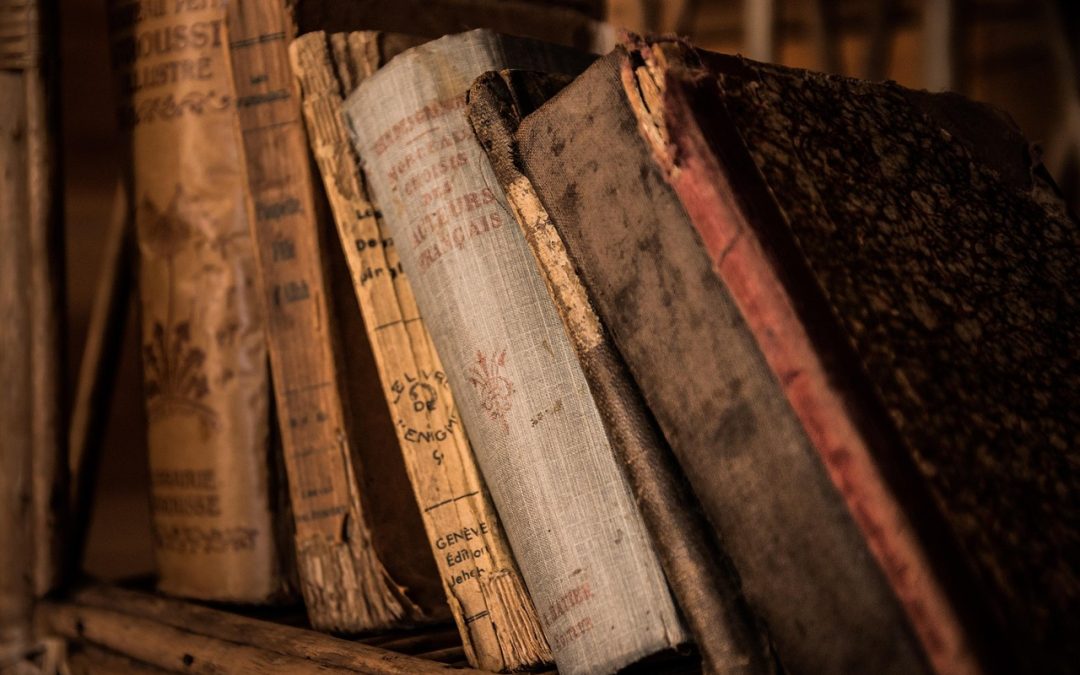As writers, we’re often drawn to the creative process of crafting our words, but what about the physical act of bringing our work to life? For many, the world of book binding can seem daunting, a realm reserved for skilled artisans with years of experience. But fear not, dear writer, for I’m here to guide you through the wonderful world of DIY book binding for beginners.
Getting Started: Gathering Your Tools and Materials
In any creative endeavor, having the right tools and materials can make all the difference. For DIY book binding, you’ll need a few essential items:
- High-quality paper (at least 80gsm) for your chapbook pages
- A paper trimmer or craft knife) for cutting your pages to size
- A bone folder or similar tool for creasing your paper
- A ruler or straightedge for measuring and aligning your pages
- A needle and thread for sewing your binding
- Glue or a strong adhesive for attaching your cover
- A cover material of your choice (cardstock, bookboard, or even fabric)
If you’re new to book binding, I recommend starting with a basic chapbook. Check out our guide on Crafting a Chapbook: A Step-by-Step Guide for more information.
Cutting and Preparing Your Pages
Once you have your paper and trimmer, it’s time to cut your pages to size. For a standard chapbook, you’ll want to aim for pages that are 5.5 x 8.5 inches. Use your ruler or straightedge to ensure your cuts are straight and accurate.
After cutting your pages, take the time to carefully crease each sheet using your bone folder or similar tool. This will create a crisp fold and make the assembly process much smoother.
Remember, patience is key when working with paper. Take your time, and don’t be afraid to make mistakes – they’re all part of the learning process.
Assembling Your Chapbook
Now that your pages are cut and creased, it’s time to assemble your chapbook. Begin by sewing your pages together using your needle and thread. There are many binding methods to choose from, but for beginners, a simple running stitch or saddle stitch is a great place to start.
Once your pages are sewn together, attach your cover material using glue or a strong adhesive. Make sure to align your cover carefully, leaving a small margin around the edges.
As you work through the assembly process, keep in mind the words of poet and book artist, Emily Martin:
“The imperfections, the quirks, and the unexpected surprises are often the most beautiful and meaningful parts of the process.”
Don’t be discouraged if your first chapbook doesn’t turn out exactly as you envisioned. With practice and patience, you’ll refine your skills and develop your own unique style.
For more tips and resources on crafting the perfect chapbook, be sure to check out our guides on Crafting the Perfect Chapbook and Crafting the Perfect Chapbook.
In conclusion, DIY book binding is a rewarding and creative outlet for writers. With the right tools, materials, and mindset, you can bring your words to life in a beautiful, handmade chapbook. Happy crafting!

